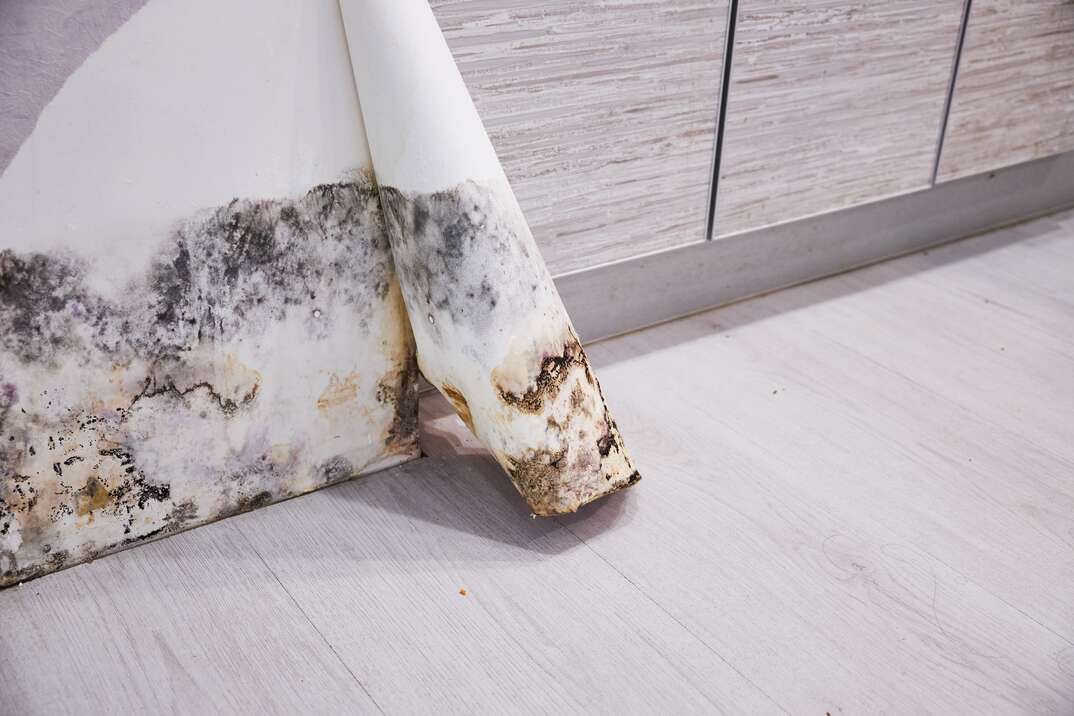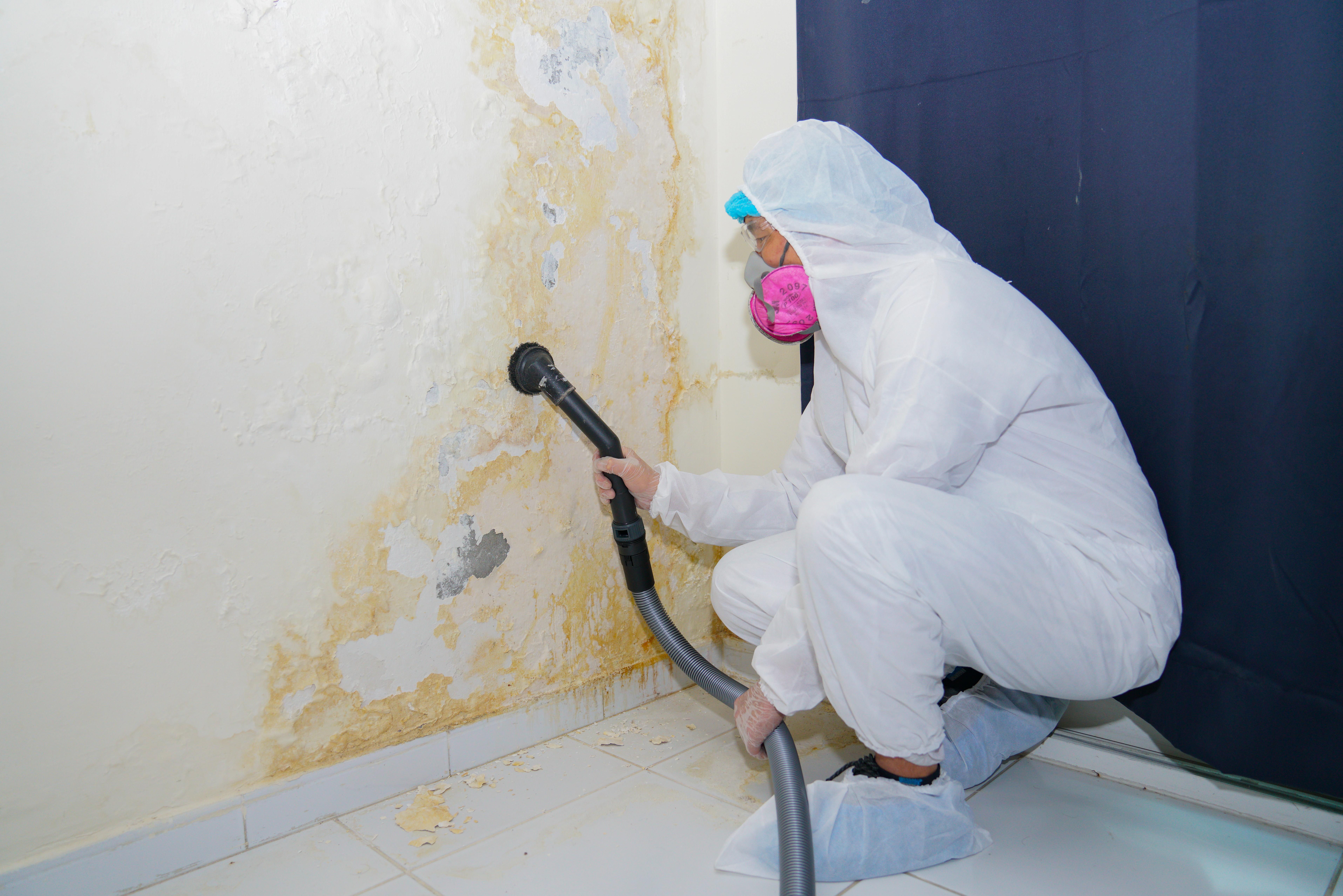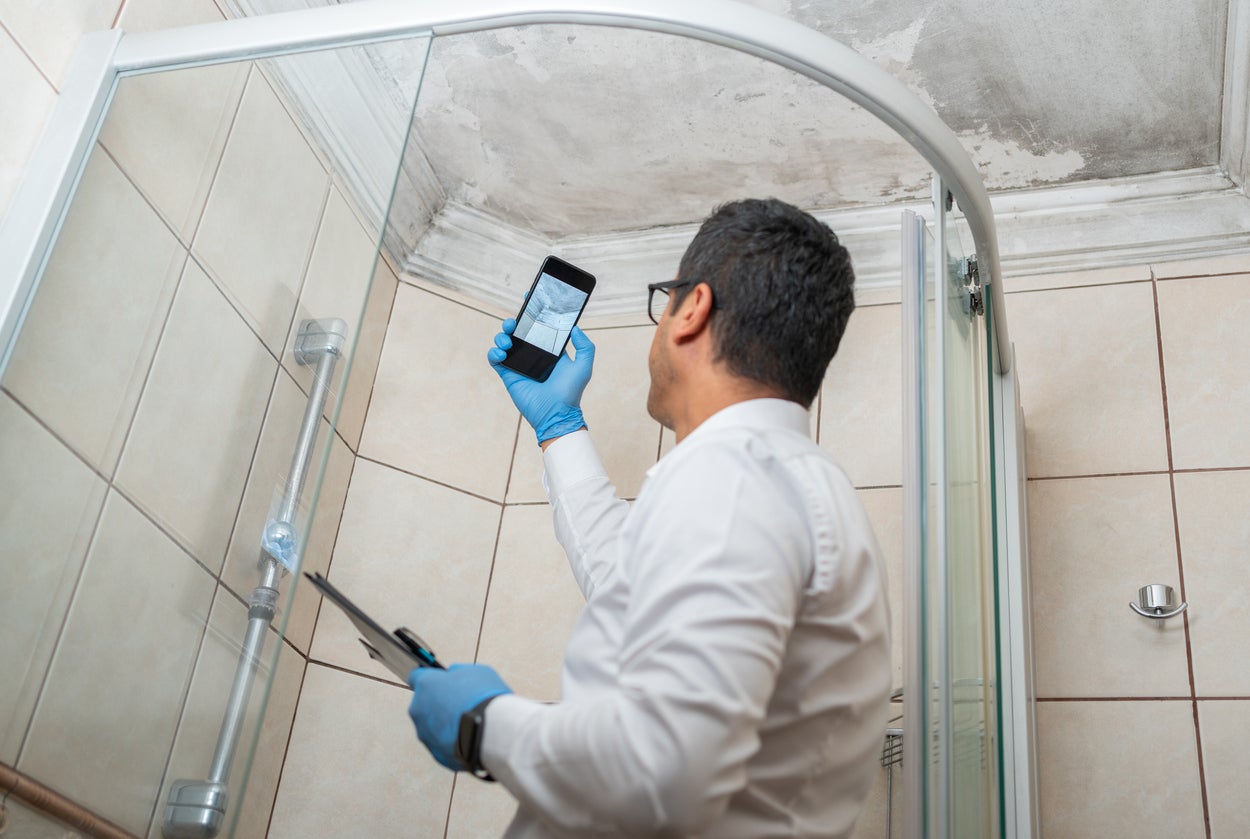After Mold Remediation Strategies for Tidy Rooms
After Mold Remediation Strategies for Tidy Rooms
Blog Article
Effective Blog Post Mold Removal Solutions for Your Home
Mold and mildew development in homes can be a consistent problem, commonly requiring an organized strategy for efficient post-remediation solutions. From comprehending the aspects that contribute to mold and mildew development to carrying out appropriate cleansing techniques and moisture control steps, the procedure can be detailed yet critical for maintaining a healthy living setting. Furthermore, exploring all-natural removal remedies and establishing a routine for ongoing maintenance are vital components of an extensive mold and mildew removal method. As property owners strive to deal with mold issues, finding one of the most efficient solutions becomes critical for the health of their homes.
Comprehending Mold Development Variables
Mold development is affected by a selection of variables that are important to understand in order to effectively address and avoid its spreading. Recognizing these elements is essential in implementing successful mold and mildew removal methods. The main variable contributing to mold growth is wetness. Mold and mildew spores require moisture to flourish and sprout, making humid or damp atmospheres very at risk to mold infestations. Poor ventilation can additionally result in moisture build-up, producing an excellent breeding place for mold.

Additionally, air movement and light direct exposure can influence mold and mildew development. Locations that lack appropriate air flow and natural light are extra susceptible to mold and mildew growth. By dealing with these variables comprehensively, people can properly alleviate mold and mildew development and secure their living environments.
Appropriate Mold Cleaning Methods
Utilizing efficient cleaning methods is essential in addressing and protecting against the reoccurrence of mold contamination in interior settings. When handling mold and mildew, it is important to prioritize security by using protective equipment such as masks, goggles, and handwear covers. The primary step in appropriate mold and mildew cleansing is to contain the afflicted area to avoid the spread of spores to uncontaminated locations. This can be achieved by securing off the space and making use of air scrubbers or negative air equipments to keep air top quality.

Executing Wetness Control Actions
To effectively prevent mold growth and contamination in indoor atmospheres, implementing moisture control actions is paramount. Furthermore, making sure appropriate ventilation in areas vulnerable to moisture build-up, such as washrooms and cooking areas, can aid reduce the danger of mold and mildew development. By vigilantly executing these moisture control procedures, house owners can efficiently decrease the possibility of mold and mildew recontamination and maintain a healthy and balanced indoor setting.
Using Natural Removal Solutions
After effectively applying moisture control actions to stop mold growth in interior environments, homeowners can currently discover the efficiency of natural removal services in keeping a healthy and balanced home. Natural remediation remedies utilize eco-friendly approaches to deal with mold and mildew, making them a preferred selection for those looking for safe options. One such solution is utilizing vinegar, a natural antimicrobial agent, to clean and disinfect surface areas polluted by mold. Merely weaken vinegar with water and spray it onto the affected locations, enabling it pop over here to rest for a few hours prior to wiping clean. Additionally, tea tree oil, understood for its antifungal properties, can be combined with water and sprayed onto mold-infested surface areas to prevent further development. One more all-natural option is hydrogen peroxide, which can successfully eliminate mold and mildew on different surfaces without leaving damaging residues behind. By integrating these natural remediation services into their cleansing routines, house owners can properly combat mold and mildew development while promoting a healthier interior setting for themselves and their family members.

Keeping a Mold-Free Atmosphere
In order to stop mold and mildew recurrence and make certain a constantly mold-free environment, it is vital for homeowners to carry out aggressive maintenance practices. Regularly examining areas prone to mold growth, such as restrooms, kitchen areas, basements, and attics, is important. Dealing with any kind of leakages, water damages, or excess dampness quickly can dramatically minimize the risk of mold advancement. testing air quality after mold remediation. Appropriate ventilation in locations with high moisture levels is likewise vital to stopping mold and mildew growth. Utilizing dehumidifiers or exhaust followers can help keep ideal dampness levels and inhibit mold spores from flourishing.
In addition, maintaining sanitation in the home is More Help important for mold and mildew avoidance. Maintaining indoor plants in check and making certain appropriate water drainage in outside landscape design can reduce wetness accumulation, reducing the likelihood of mold problems.
Final Thought
Finally, it is important to deal with mold growth factors, make use of appropriate cleansing techniques, apply wetness control measures, use all-natural removal services, and preserve a mold-free atmosphere in order to effectively take care of blog post mold remediation in your house - testing air quality after mold remediation. By following these strategies, you can avoid mold from persisting and make certain a healthy check my blog and balanced living setting for you and your family
The main element contributing to mold growth is dampness. Mold spores require moisture to sprout and grow, making humid or damp settings extremely susceptible to mold invasions.To efficiently avoid mold development and contamination in indoor settings, executing dampness control procedures is paramount. In addition, guaranteeing proper air flow in areas susceptible to moisture buildup, such as washrooms and kitchen areas, can aid minimize the risk of mold development.After successfully implementing wetness control measures to stop mold and mildew growth in interior settings, homeowners can currently discover the effectiveness of natural removal services in preserving a healthy living area.
Report this page